Craftsmanship
- LK Diam
- Craftsmanship
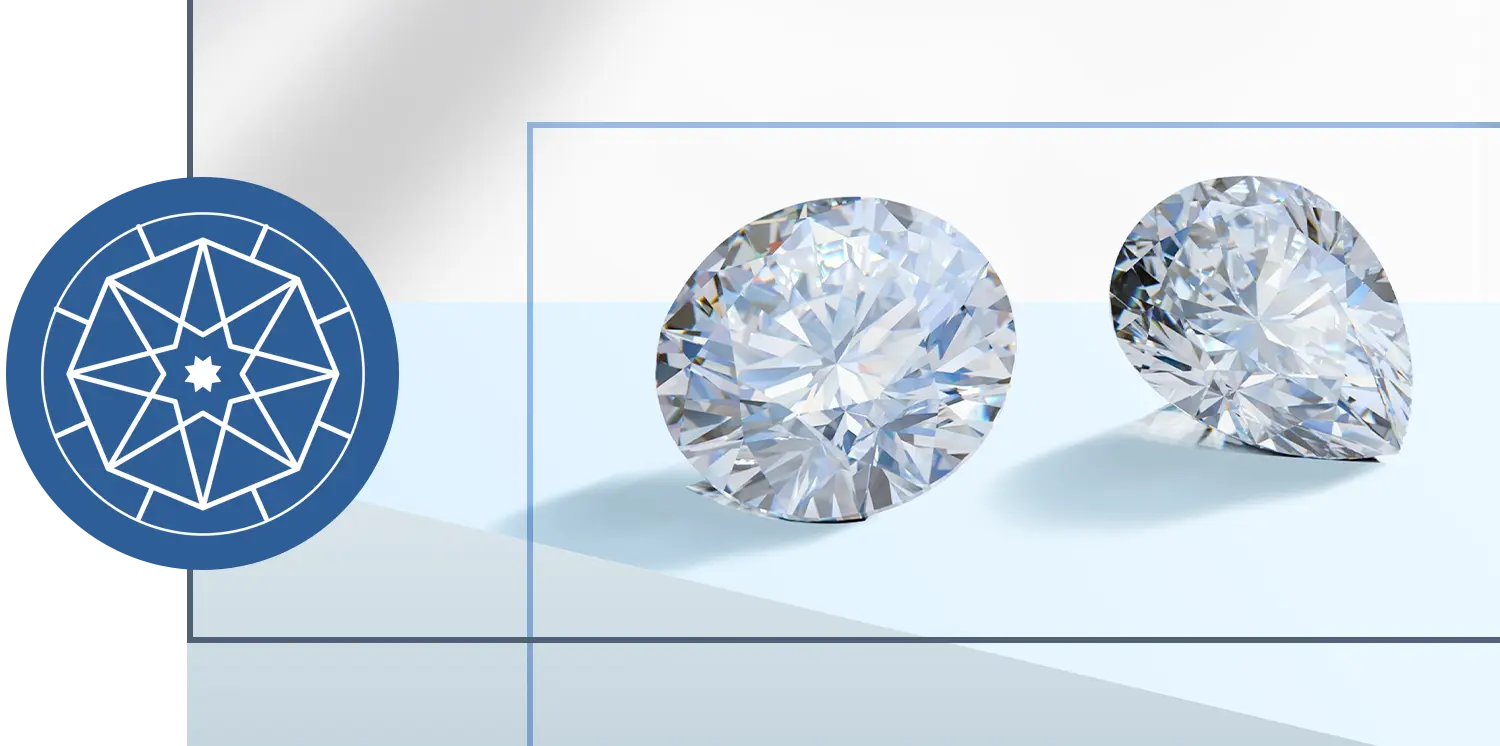
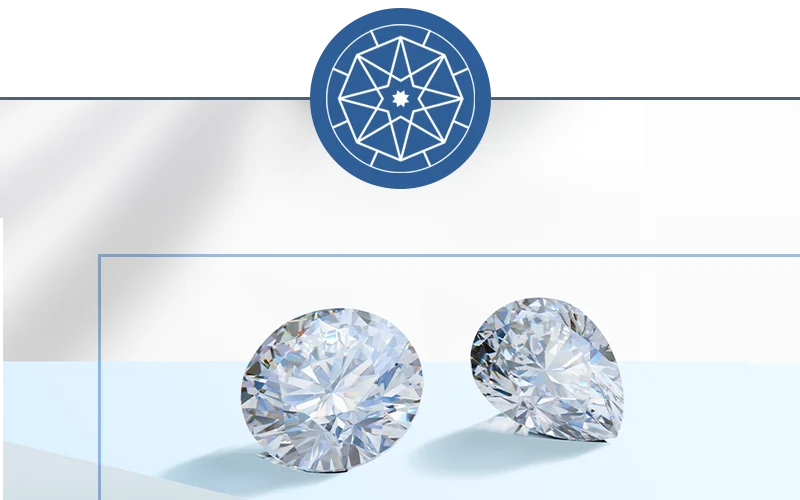
The 4C's
The quality and value of a diamond are determined by a combination of factors. The way it is cut influences its brilliance, while its color ranges from colorless to varying shades. Internal and external imperfections affect its clarity, and the size of the diamond is reflected in its weight. These elements work together to define the diamond’s overall appeal and worth.
The Cut
The cut of a diamond directly affects its brilliance and sparkle. A well-cut diamond reflects light beautifully, while a poorly cut one loses light through the sides or bottom. Grading systems like Ideal, Shallow, or Deep help evaluate cut quality, making it a crucial factor in determining a diamond’s value.
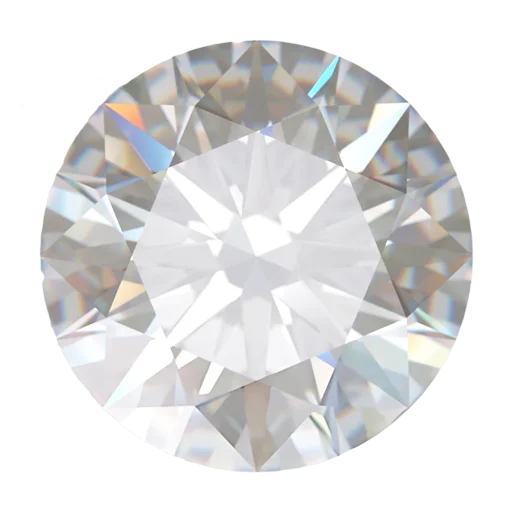

Ideal
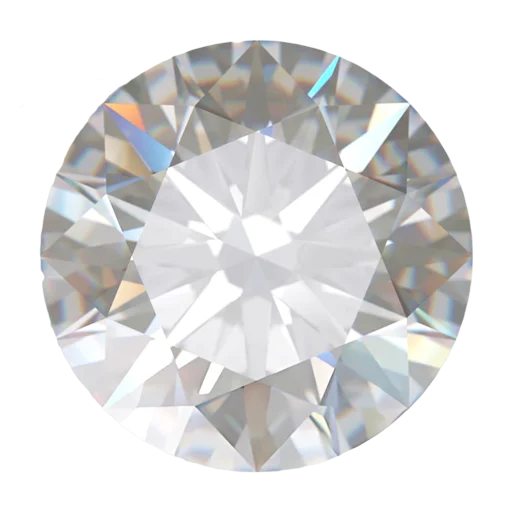

Shallow
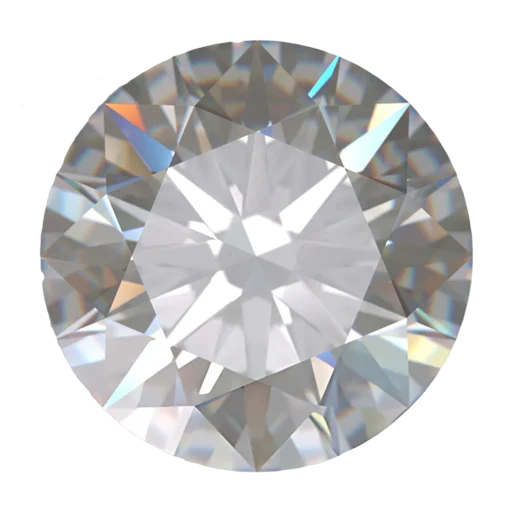

Deep


Very Shallow
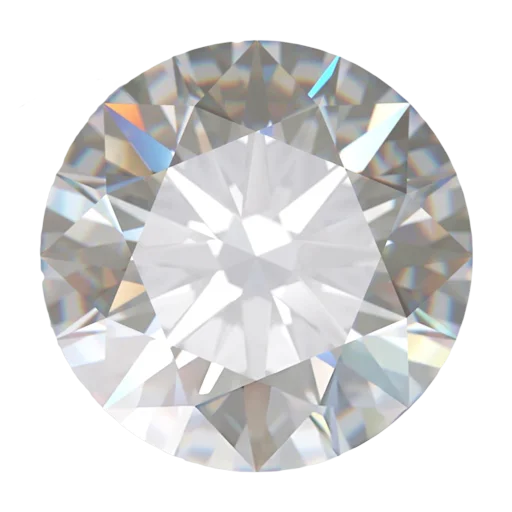

Very Deep
The Carat
Carat measures a diamond’s weight, not its size. Larger carat stones are rarer and more valuable, but beauty isn’t only about weight. A well-cut diamond of lower carat can often shine brighter. Carat is just one factor among many that determines a diamond’s overall appearance and price.
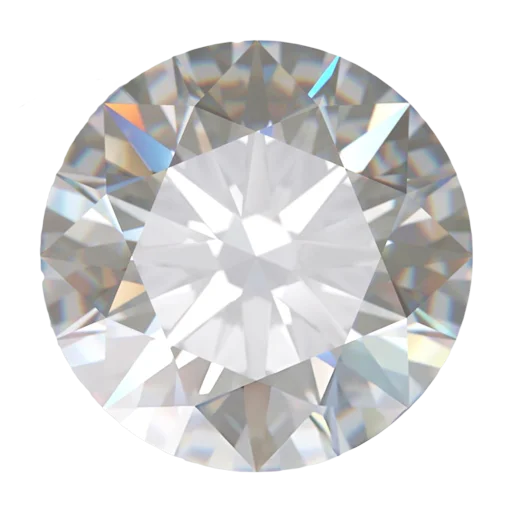
0.75 Carat
5.75mm

1 Carat
6.4mm

1.25 Carat
6.9mm

1.50 Carat
7.3mm

1.75 Carat
7.7mm

2 Carat
8.1mm
The Clarity
Clarity measures internal or external imperfections, called inclusions and blemishes. Most are tiny and don’t impact beauty. Graded from Flawless to Included, clarity affects a diamond’s rarity and value. While higher grades are prized, many lower-grade stones still appear clean to the naked eye.

F

IF

VVSI

VSI
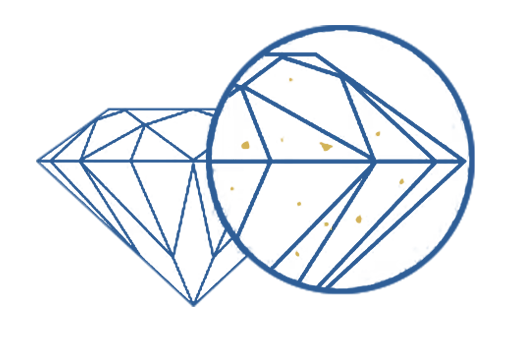
SI
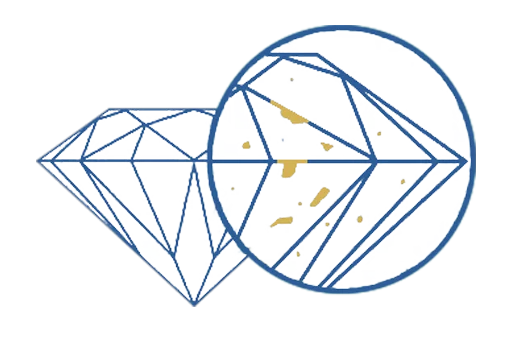
I
The Color
Color in diamonds is graded from D (colorless) to Z (light yellow). The less color, the higher the grade. Colorless diamonds are rare and reflect light better. Subtle differences can greatly impact value, but some warmth in color can offer unique character and affordability.
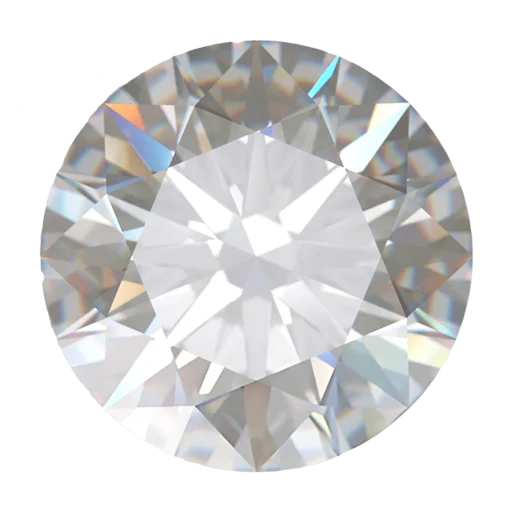
D E F
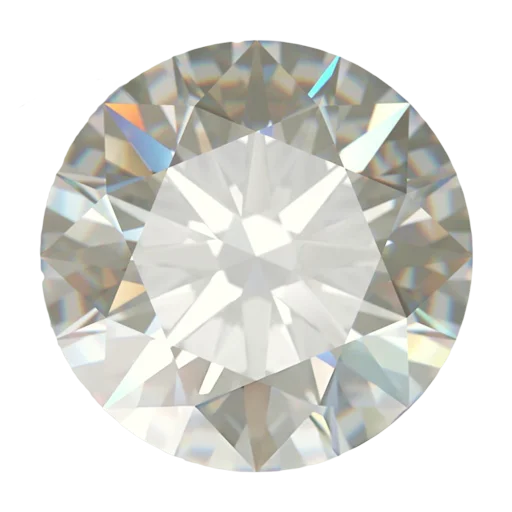
G H I J
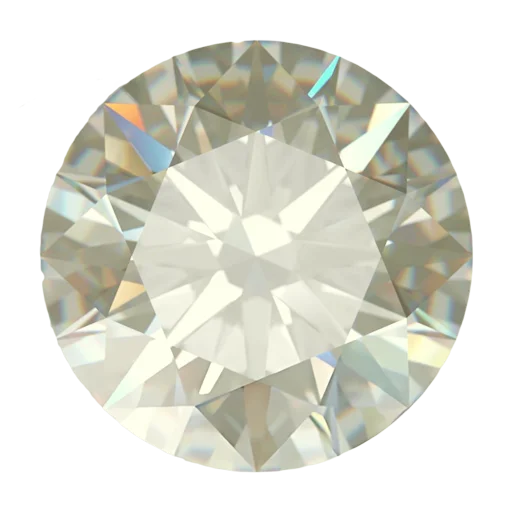
K L M
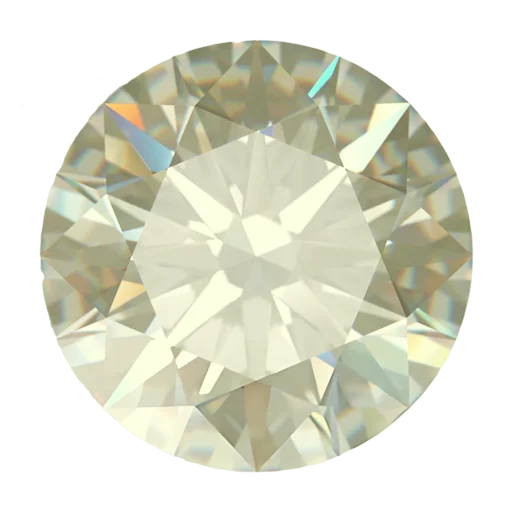
N O P Q R
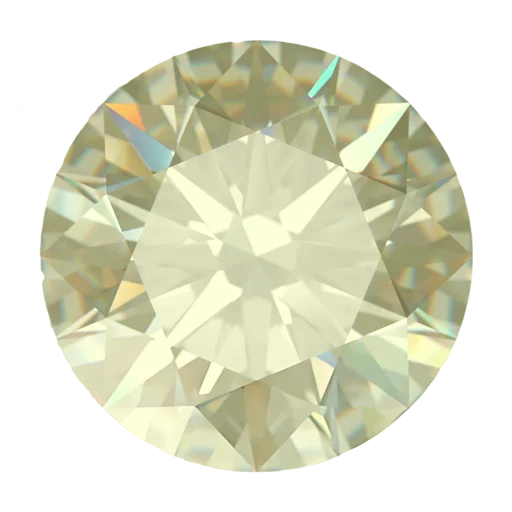
S T U V W X Y Z
The Cut
The cut of a diamond directly affects its brilliance and sparkle. A well-cut diamond reflects light beautifully, while a poorly cut one loses light through the sides or bottom. Grading systems like Ideal, Shallow, or Deep help evaluate cut quality, making it a crucial factor in determining a diamond’s value.


Ideal


Shallow


Deep


Very Shallow


Very Deep
The Carat
Carat measures a diamond’s weight, not its size. Larger carat stones are rarer and more valuable, but beauty isn’t only about weight. A well-cut diamond of lower carat can often shine brighter. Carat is just one factor among many that determines a diamond’s overall appearance and price.

0.75 Carat
5.75mm

1 Carat
6.4mm

1.25 Carat
6.9mm

1.50 Carat
7.3mm

1.75 Carat
7.7mm

1.75 Carat
7.7mm

2 Carat
8.1mm
The Clarity
Clarity measures internal or external imperfections, called inclusions and blemishes. Most are tiny and don’t impact beauty. Graded from Flawless to Included, clarity affects a diamond’s rarity and value. While higher grades are prized, many lower-grade stones still appear clean to the naked eye.

F

IF

VVSI

VSI

SI

I
The Color
Color in diamonds is graded from D (colorless) to Z (light yellow). The less color, the higher the grade. Colorless diamonds are rare and reflect light better. Subtle differences can greatly impact value, but some warmth in color can offer unique character and affordability.

D E F

G H I J

K L M

N O P Q R

S T U V
W X Y Z
Diamond Anatomy
Diameter
Measured across the widest part of the stone, the diameter is key in determining size and overall proportions.
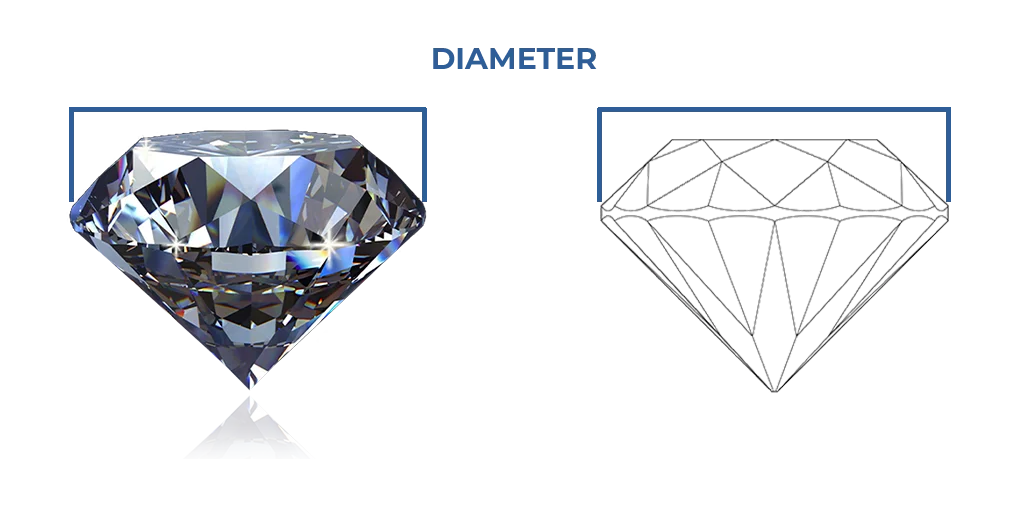
Table
The flat top facet where light enters the diamond, significantly influencing its brilliance and light performance.
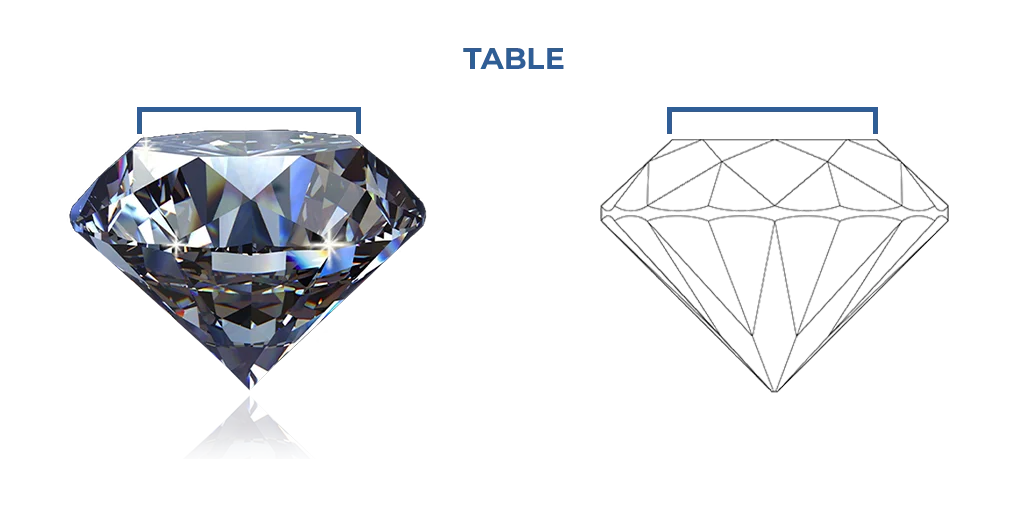
Crown
Located between the table and girdle, the crown helps disperse light, adding sparkle and depth to the diamond’s appearance.
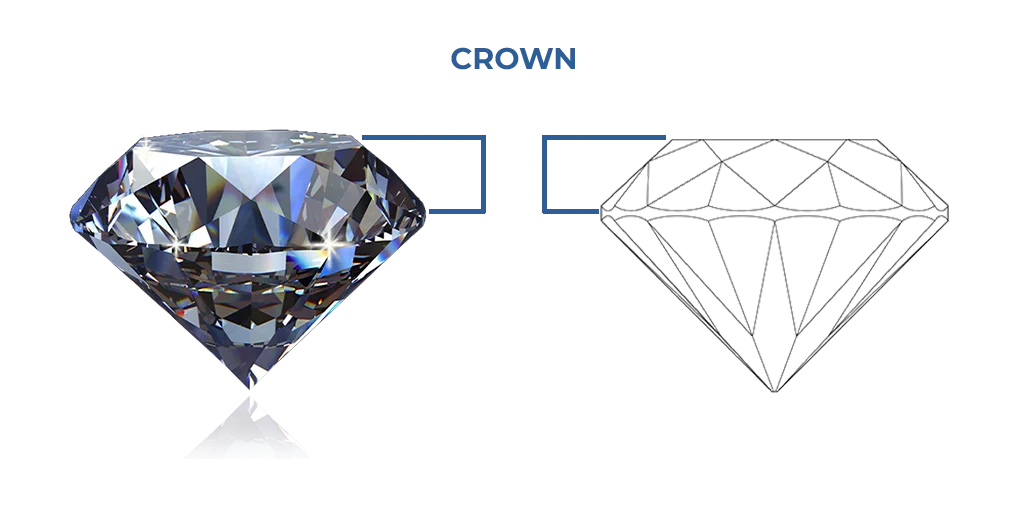
Girdle
This thin edge separates the crown and pavilion. It defines the outline and supports secure setting in most jewelry.
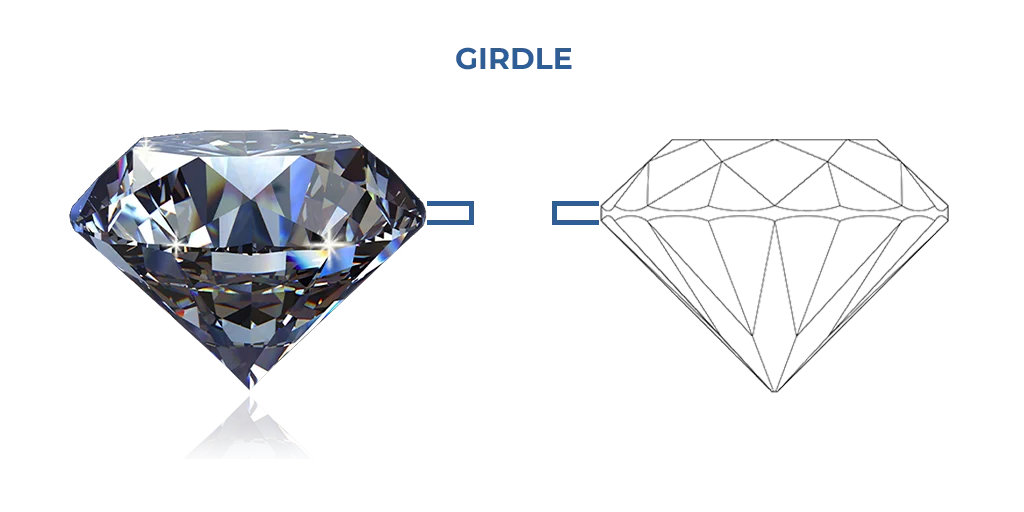
Pavilion
The lower section beneath the girdle, the pavilion reflects light back through the crown, contributing to the diamond’s sparkle.
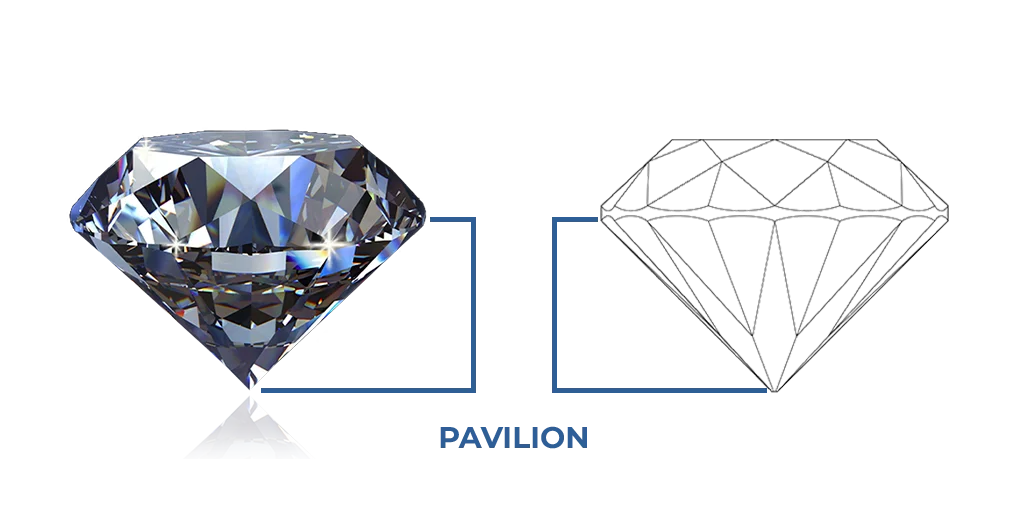
Culet
A tiny facet or point at the bottom, the culet can affect how light escapes and influences overall light return.
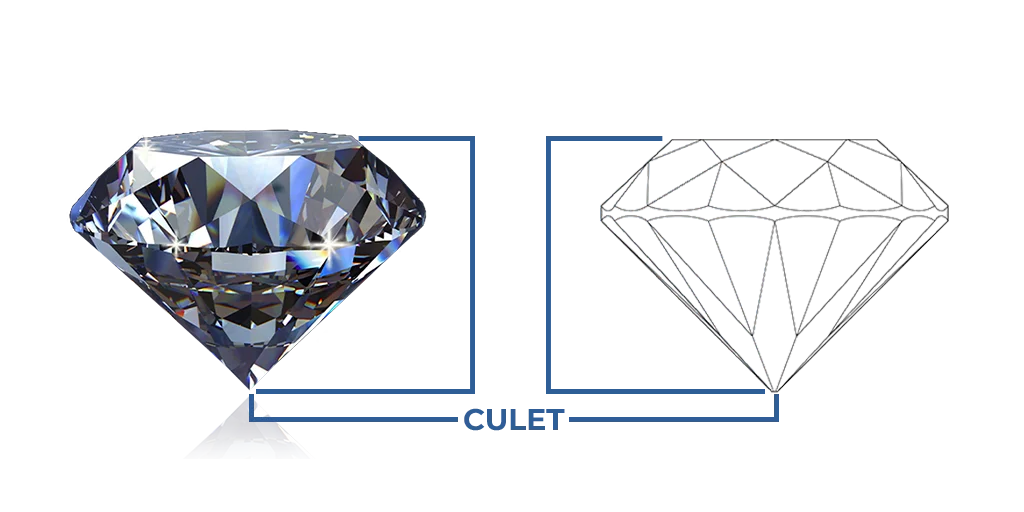
Depth
Measured from table to culet, depth impacts brilliance. Ideal depth helps maximize reflection, ensuring the diamond sparkles at its best.
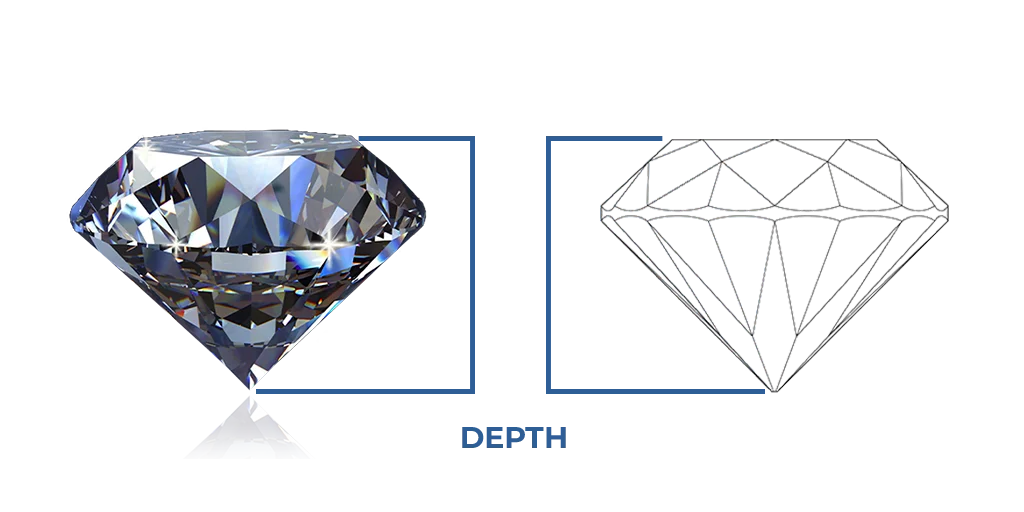
Diameter
Measured across the widest part of the stone, the diameter is key in determining size and overall proportions.

Table
The flat top facet where light enters the diamond, significantly influencing its brilliance and light performance.

Crown
Located between the table and girdle, the crown helps disperse light, adding sparkle and depth to the diamond’s appearance.

Girdle
This thin edge separates the crown and pavilion. It defines the outline and supports secure setting in most jewelry.

Pavilion
The lower section beneath the girdle, the pavilion reflects light back through the crown, contributing to the diamond’s sparkle.

Culet
A tiny facet or point at the bottom, the culet can affect how light escapes and influences overall light return.

Depth
Measured from table to culet, depth impacts brilliance. Ideal depth helps maximize reflection, ensuring the diamond sparkles at its best.

